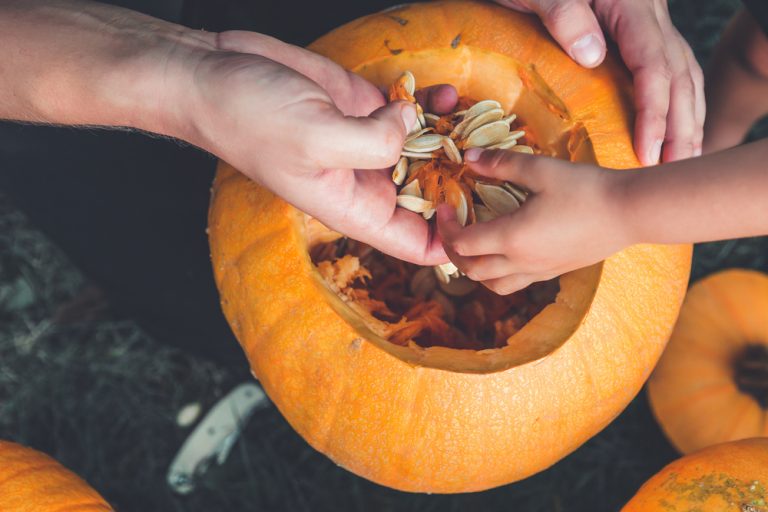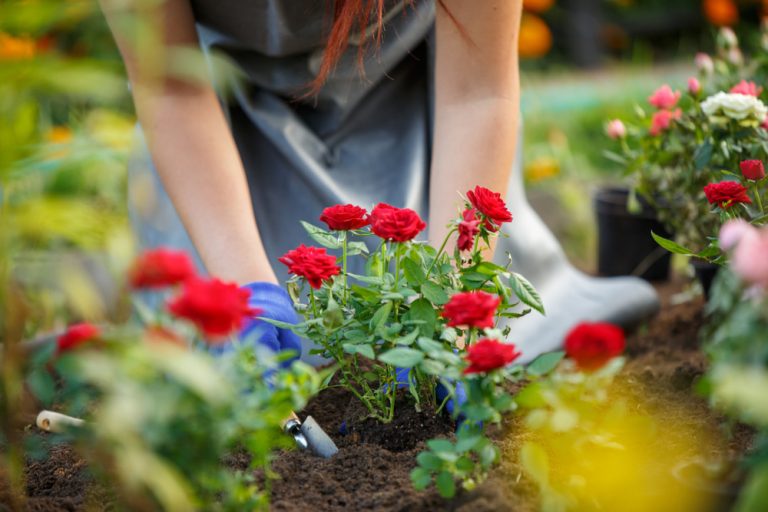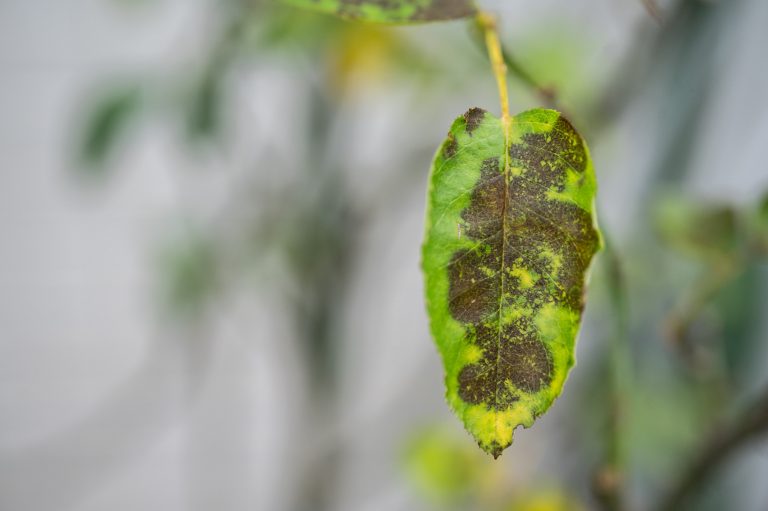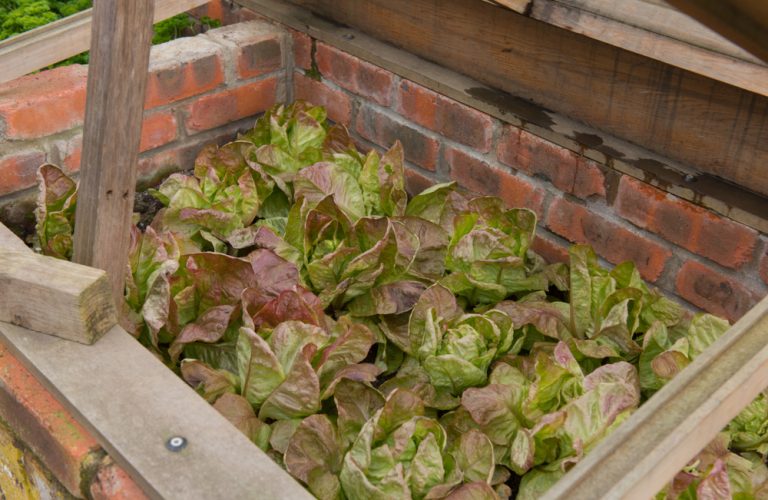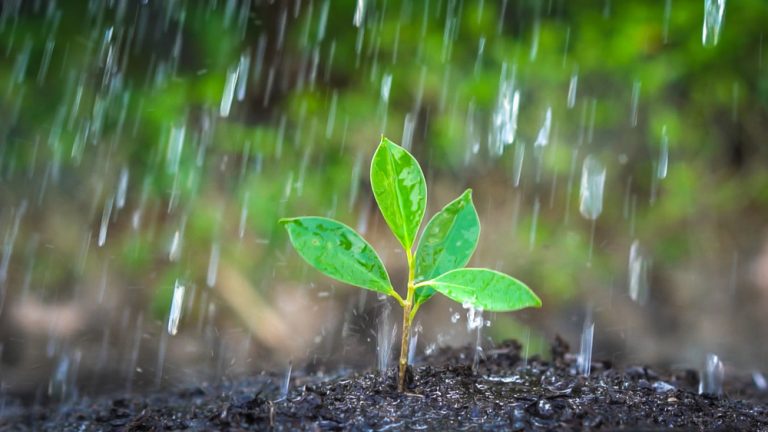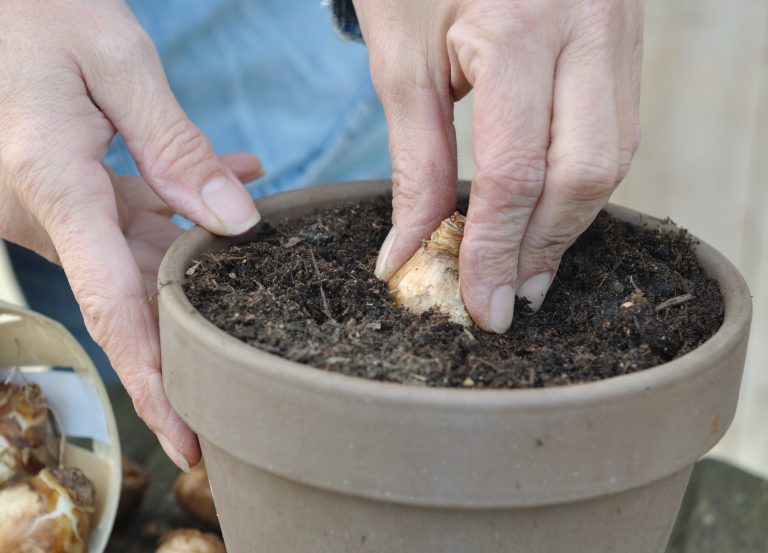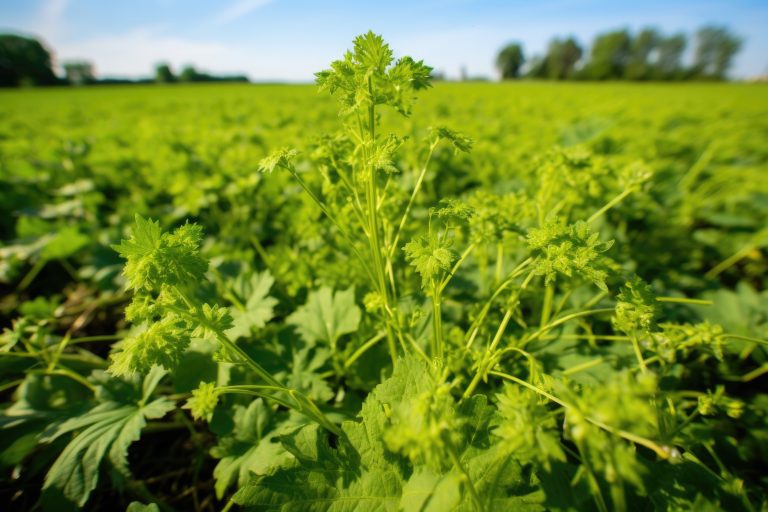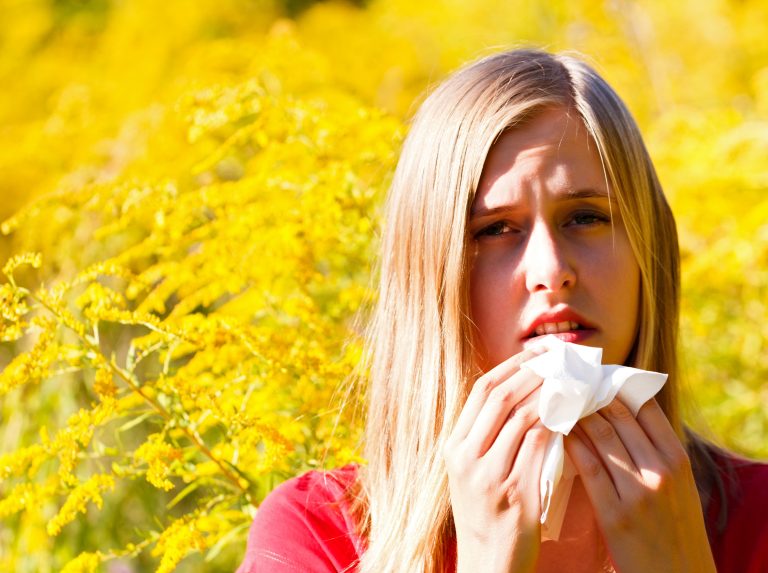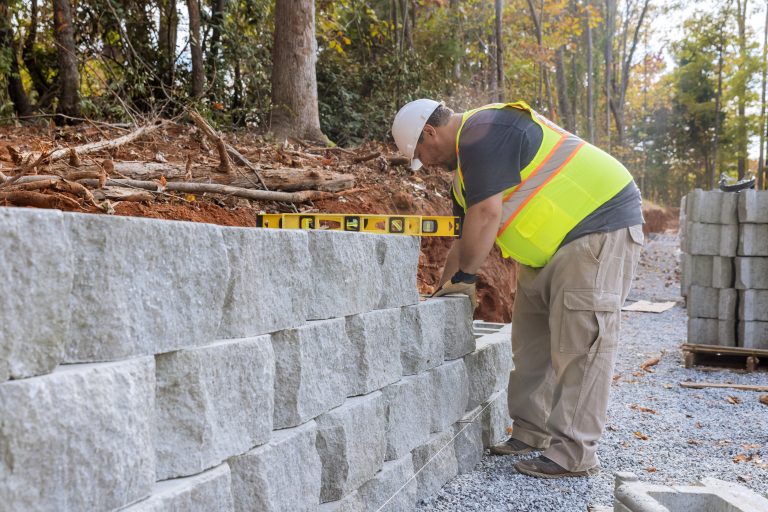Did you buy pumpkins for Halloween? After they are carved and displayed for the holiday, most pumpkins are tossed in the trash, especially if they start to rot. But gardeners know better. Did you know every part of the pumpkin can be repurposed? You can feed your soil, attract pollinators, or keep pests away in…
7 Tricks for Keeping Roses Blooming Longer
Roses are the centerpieces of many gardens, but without proper care their bloom period can be shortened. Whether you grow hybrid teas, climbers, or miniatures, the key to long-lasting blooms is timing, nutrition, and smart pruning. With a few simple tweaks, your rose bushes can keep producing vivid, fragrant flowers well into fall. Here are…
7 Garden Diseases That Spread Faster in Cool, Damp Weather
Cool, wet weather might be a reprieve after summer heat. But for your garden, it’s prime time for disease outbreaks. Moisture and lower temperatures create the optimal environment for fungal and bacterial infections to thrive. It doesn’t matter if your plants are healthy. When leaves stay wet for hours, every plant is susceptible. Knowing which…
7 Cold Frames That Keep Lettuce Growing Longer
Fall frosts don’t have to end your salad season. With the right cold frame, you can extend lettuce production well into winter. Cold frames act like mini greenhouses, trapping daytime warmth and protecting tender greens from overnight freezes. Even simple designs can raise soil temperatures just enough to keep cool-weather crops thriving. Whether you’re growing…
How Fall Rainfall Impacts Soil Compaction
Autumn brings lovely cooler air and falling leaves. But the fall can have implications for your garden, lawn, and crops. Heavier rains reshape the ground beneath them. As fields and lawns absorb moisture, soil particles shift and settle, sometimes locking together too tightly. This phenomenon, known as soil compaction, can limit root growth, block oxygen,…
Why Some Bulbs Fail if Planted Too Late in Fall
As the leaves start to fall, fall bulb planting promises a burst of color come spring. But timing is everything. If the air is getting crisp, you may be running out of time. Many gardeners assume they can plant bulbs right up until the ground freezes, but late planting often dooms bulbs before they ever…
7 Cover Crops Every Garden Needs This Season
Have you heard of cover crops? While farmers usually use these during the off-season to protect soil, gardeners usually overlook this tool. Healthy soil is the backbone of every thriving garden and cover crops are the secret weapon too many gardeners ignore. These hardworking plants protect against erosion, feed the soil, suppress weeds, and boost…
9 Weeds That Spread Toxic Pollen Without Warning
Allergy season is in full swing. Do your eyes water and itch the second you step outside? While you’re stocking up on tissues, you may not realize that the culprit is right under your feet. Your garden may be the source of all your discomfort. Many common yard invaders release clouds of highly allergenic pollen…
8 DIY Sprays That Experts Say Cause More Harm Than Help
If you’re trying to save money on gardening, you may be tempted to try DIY solutions. It’s fair, since DIY culture has exploded in recent years. In seconds, you can find countless online recipes for homemade sprays promising to clean, deodorize, or protect your home and garden. While many of these mixtures sound perfectly fine,…
10 Times a Garden Upgrade Became a Legal Nightmare
Upgrading your garden is probably something you saved for and put time and effort into. But what if we told you that your efforts could turn into a legal nightmare? Property lines blur, drainage shifts, and suddenly a friendly neighbor becomes a furious plaintiff. Cities have sightline laws you’ve never heard of; HOAs have pages…
